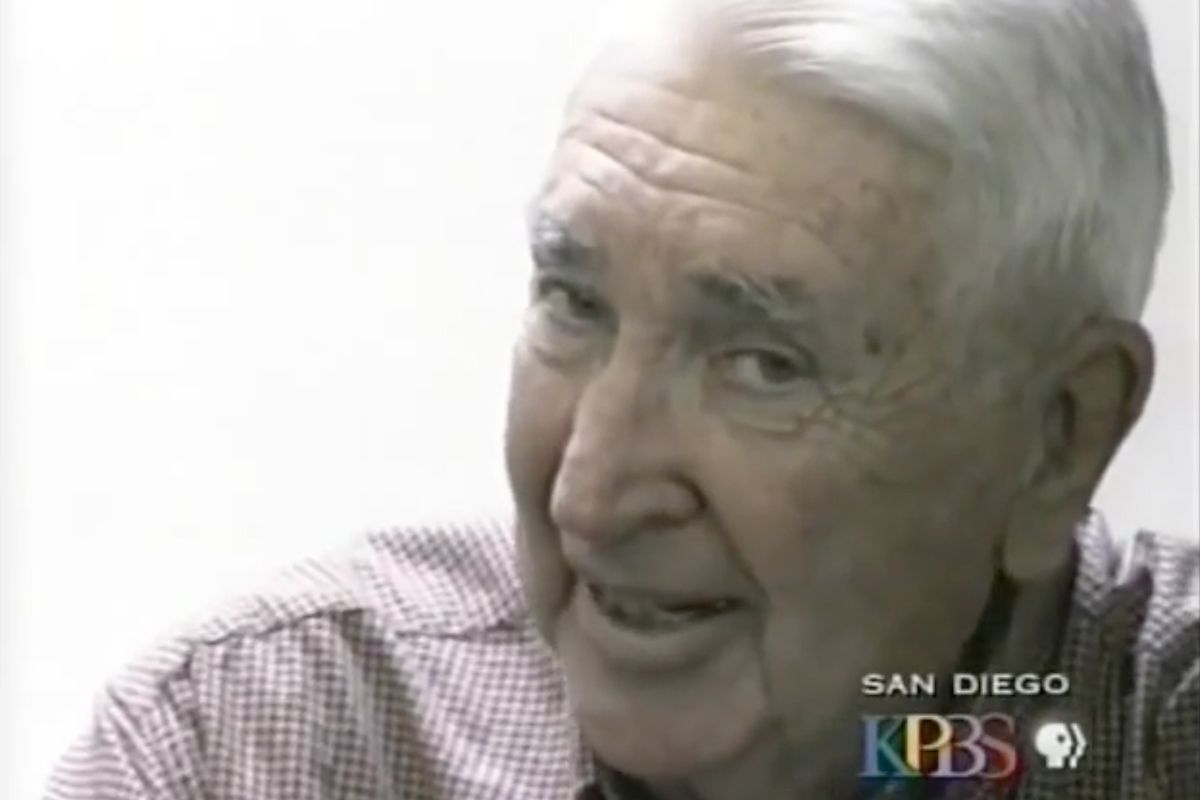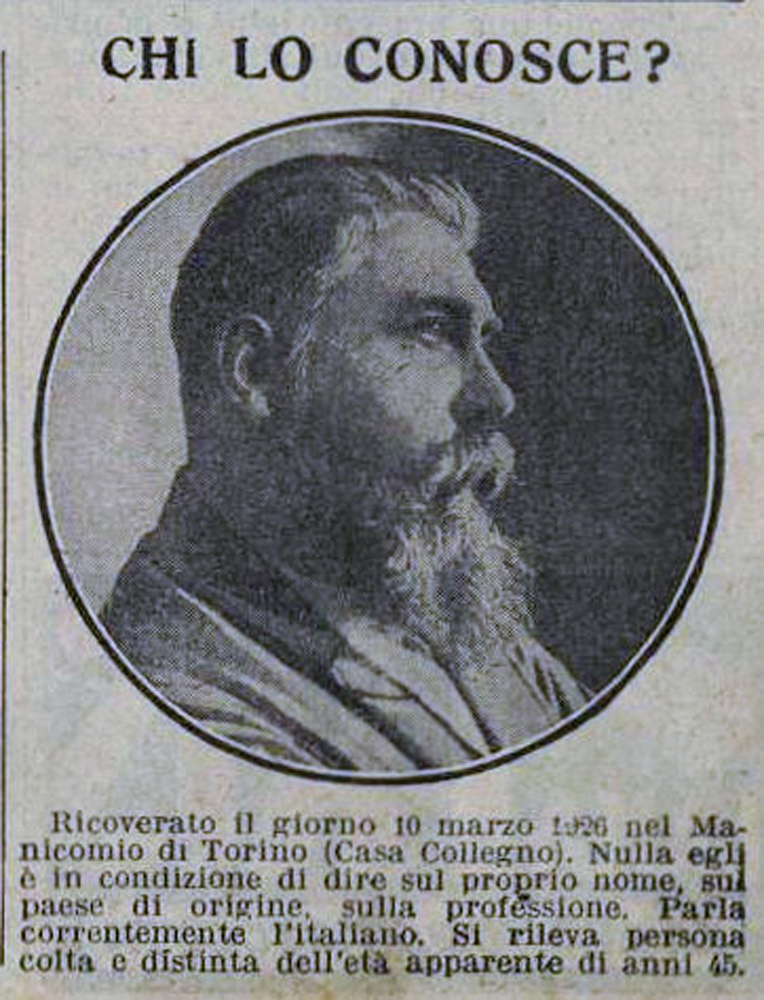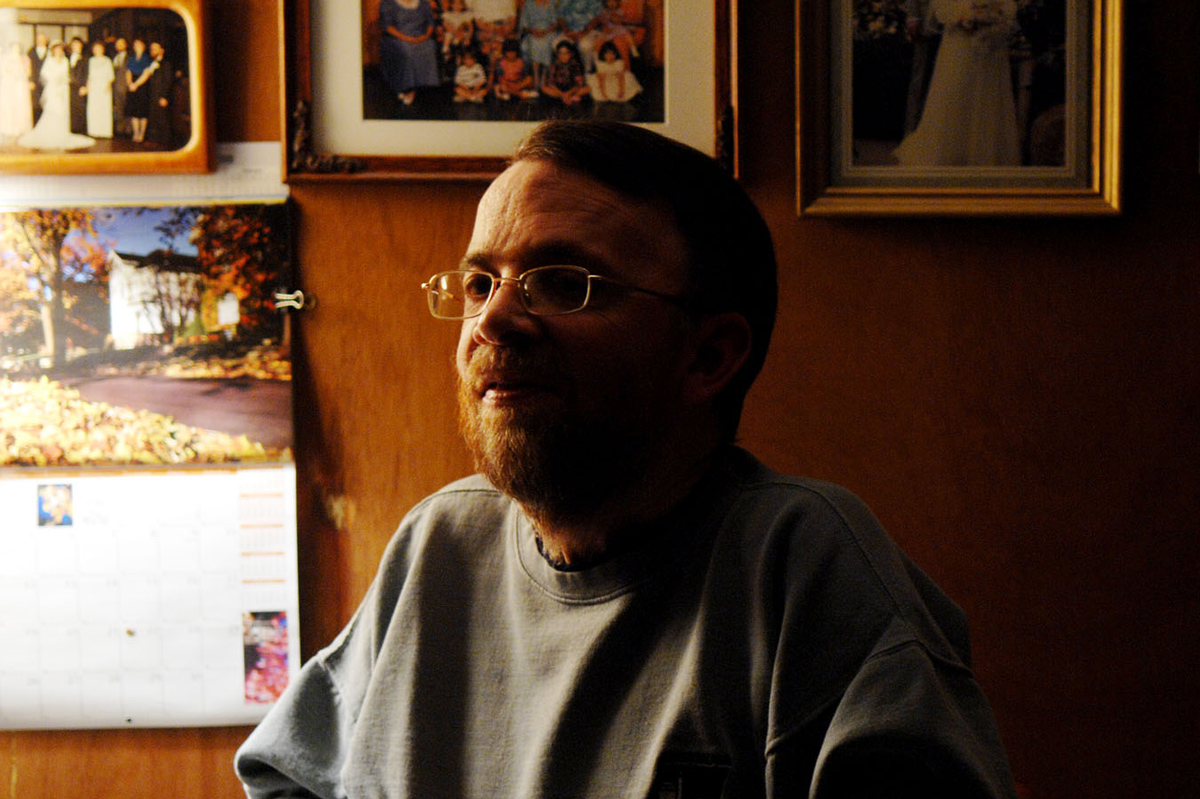Forget Me Not: History's 17 Most Bizarre Amnesia Cases
Patient E.P.

Brain damage caused by viral encephalitis — an inflammation of the brain caused by a virus — in 1992 led to severe memory loss in a 70-year-old man identified by physicians as "E.P." He was unable to learn anything new and couldn't understand certain words. Doctors spent 14 years studying his amnesia, until E.P.'s death in 2008.
After he died, a detailed brain autopsy revealed that his medial temporal lobe — a brain region associated with forming and processing memories — was severely damaged, and his hippocampus, also a critical player in memory formation, was destroyed, researchers reported in a study published in 2013 in the journal Proceedings of the National Academy of Sciences.
Amnesia cluster

Between 2012 and 2016, 14 people, ages 19 to 52, were treated in Massachusetts after they suddenly developed amnesia with no recognizable cause. All of the individuals either tested positive for drugs or had used drugs in the past, with 12 of the patients having a history of using opioid drugs, according to a study published Jan. 27, 2017, in the Centers for Disease Control and Prevention's Morbidity and Mortality Weekly Report.
The patients suffered from anterograde amnesia, meaning that they had difficulty in forming new memories. Brain scans revealed dramatically reduced blood flow to the hippocampus, a part of the brain associated with memory, but the cause was unclear, and the cases require further monitoring to identify a link between drug use and sudden-onset amnesia, the researchers reported.
Michael Boatwright

On Feb. 28, 2013, an unconscious man was found in a Palm Springs, California, motel room. He was identified as 61-year-old Michael Boatwright — a Florida resident and Navy veteran. He awoke days later with no memory of that identity, claiming to be "Johan Ek" and speaking only Swedish, Palm Springs newspaper The Desert Sun reported in March 2014.
After five months, Boatwright's memory had not returned, and the Riverside County Department of Mental Health relocated him to Uddevalla, Sweden, where he found work as a private tennis coach, according to The Desert Sun. Though accounts of his life in Sweden appeared to be positive, he took his own life on April 22, 2014, Vice reported in 2015.
Michelle Philpots

In the movie "Groundhog Day" (Columbia Pictures, 1993), a character relives the same day over and over. And a British woman named Michelle Philpots has endured a similar situation since 1994, after head injuries from two motor accidents — one in 1985 and one in 1990 — left her unable to form new memories, and wiped all of her recollections prior to 1994, the Daily Telegraph reported.
Get the world’s most fascinating discoveries delivered straight to your inbox.
Philpots was diagnosed with epilepsy from her injuries in 1990, and she began showing signs of forgetfulness in 1993, culminating in an incident when she was sent home from work after spending an entire day photocopying a single document, according to the Mirror.
"My memory has gone and there is no way it will come back. I understand the change in my life. I know I can't have my old life back, but I find it hard to accept that," Philpots told the Mirror.
"Sometimes my house becomes my prison and I find it very depressing," she said.
Bruno Canella/Mario Bruneri

In 1927, a newspaper printed a photograph of a patient who had been recently admitted to a mental hospital near Turin, Italy, saying that he was unable to remember his name or his past. Relatives of a man named Bruno Canella, a professor and soldier who had been missing in action since 1916, claimed that they recognized the patient as Canella, and his wife brought him back to their home. His behavior was somewhat different, but she blamed the amnesia for any little peculiarities.
However, it was later uncovered that the man thought to be Canella was actually a typographer named Mario Bruneri, and he may have been feigning amnesia to escape from prosecution for a string of petty thefts, according to a study published in the book "Method in Madness: Case Studies in Cognitive Neuropsychiatry" (Psychology Press, 2013).
Kent Cochrane

Amnesiac Kent Cochrane, better known in neuroscience medical literature as "K.C.," lost both hippocampuses — brain regions associated with memory — following a motorcycle accident in 1981 when he was 30 years old, Slate reported in 2014. Most of his past memories were erased and he formed hardly any new memories at all. Yet researchers studying Cochrane discovered that even without a functioning hippocampus, he could still remember certain events from his past — but they were isolated "facts" rather than recollections of things he had experienced, according to Slate.
This important distinction — the ability to remember things devoid of a personal context — helped scientists to better understand the mechanisms of memory, and how different parts of the brain collaborate to shape, retain and recover memories over time, Slate reported.
Susie McKinnon

Severely deficient autobiographical memory (SDAM) is a newly-recognized type of memory disorder in which otherwise healthy people are unable to form personal memories — they recall events, but don't feel connected to them, viewing scenes from their own lives as if they had happened to someone else, according to a study published in June 2015 in the journal Neurophsychologia.
A 60-year-old woman named Susie McKinnon, one of the three subjects in the study, was 21 years old when she realized that her memory didn't work quite like other people's memories, she told New York Magazine. McKinnon viewed what she considered her "memories" as an index of facts that she was able to recall and describe, rather than incidents that she had previously experienced, New York Magazine reported.

Mindy Weisberger is a science journalist and author of "Rise of the Zombie Bugs: The Surprising Science of Parasitic Mind-Control" (Hopkins Press). She formerly edited for Scholastic and was a channel editor and senior writer for Live Science. She has reported on general science, covering climate change, paleontology, biology and space. Mindy studied film at Columbia University; prior to LS, she produced, wrote and directed media for the American Museum of Natural History in NYC. Her videos about dinosaurs, astrophysics, biodiversity and evolution appear in museums and science centers worldwide, earning awards such as the CINE Golden Eagle and the Communicator Award of Excellence. Her writing has also appeared in Scientific American, The Washington Post, How It Works Magazine and CNN.
